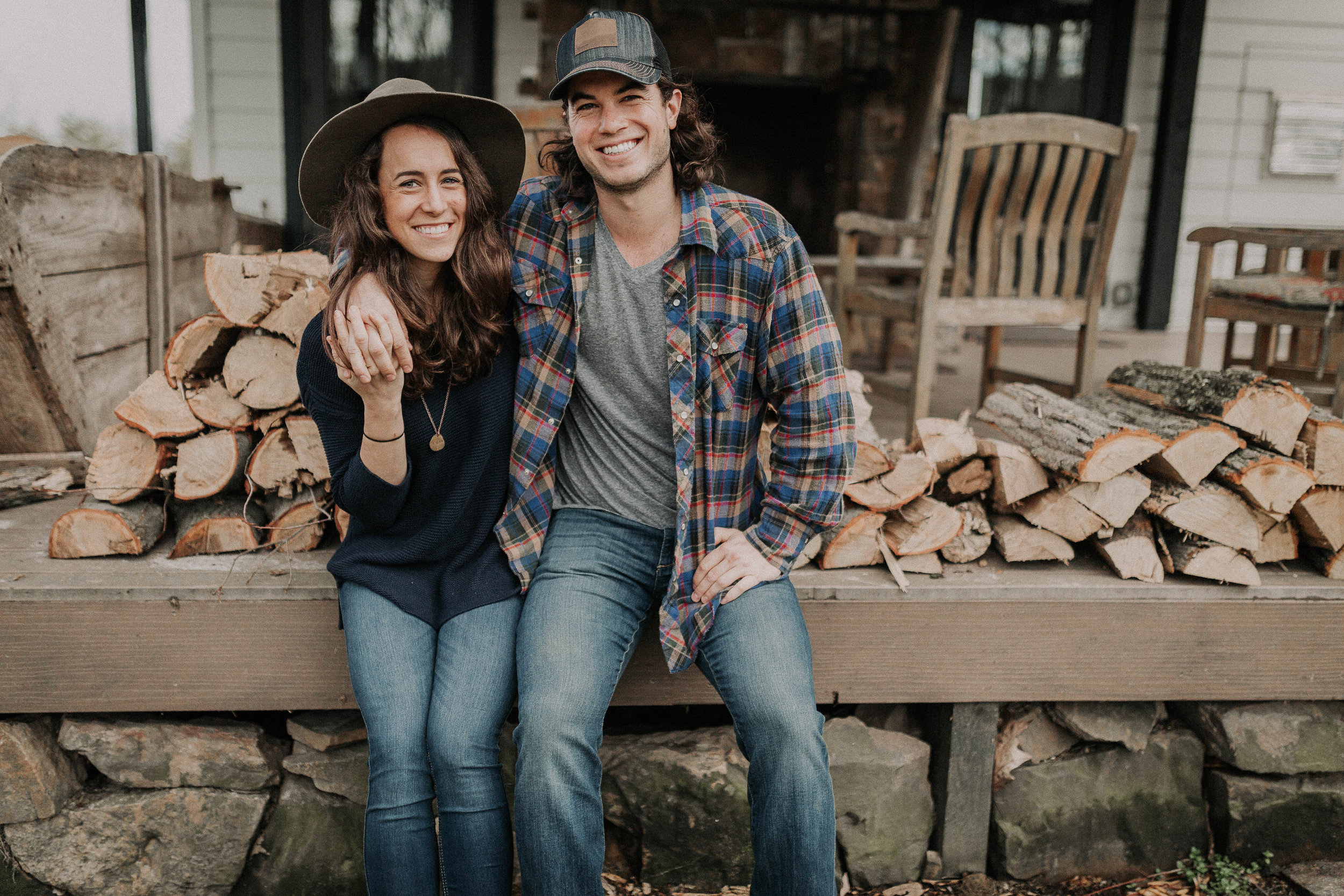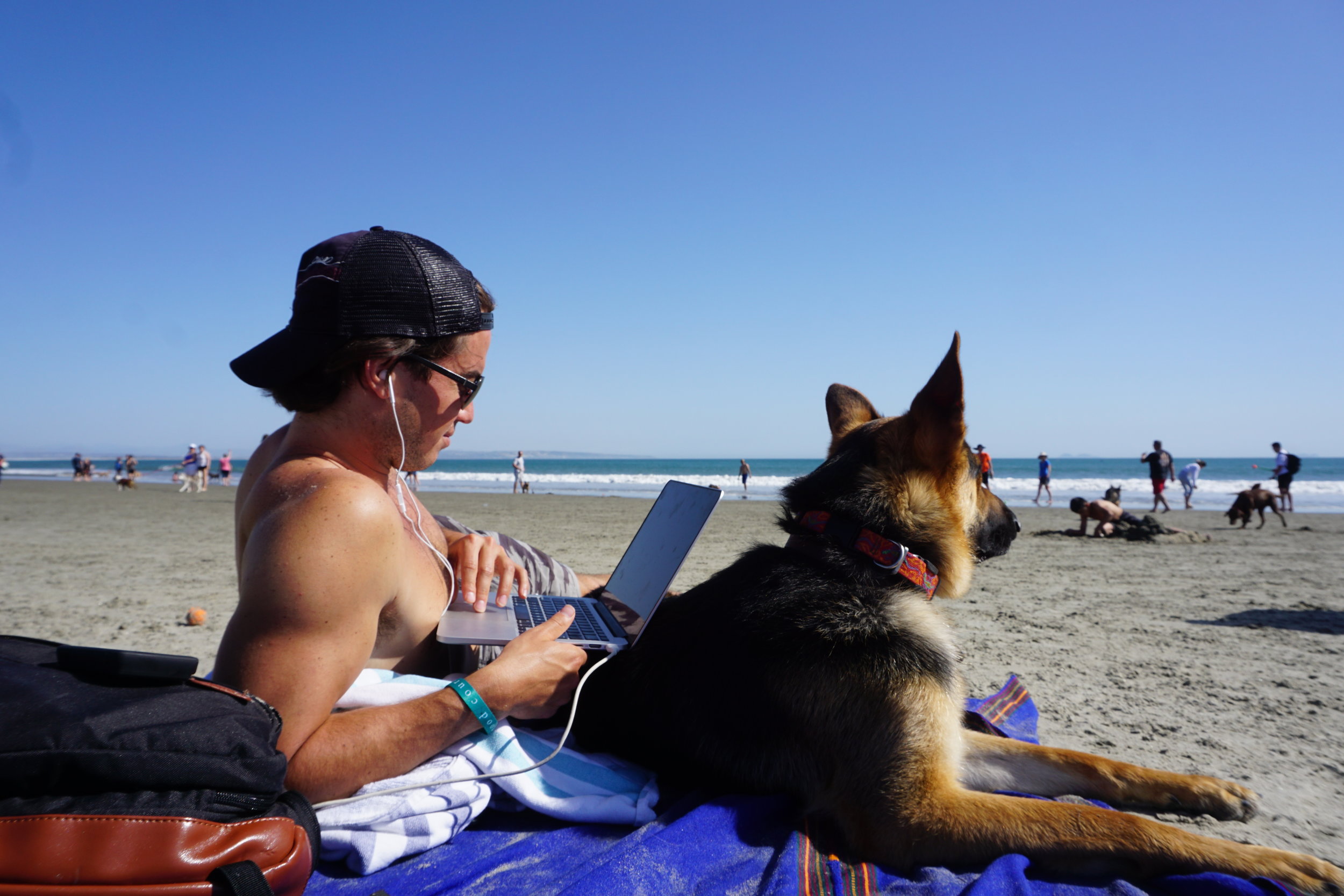Minimizing Children's Wardrobes for Tiny Living
/Minimizing Kids’ Wardrobes for Tiny Living
…or life in general
By Stephanie Byrnes
Absolutely one of our most asked topics from our time on the road was about how we downsized our belongings for a family of 6 into 200 square feet. So, I thought I would tackle one piece of that puzzle by talking specifically about children’s clothing. Let’s just say it’s no easy task fitting 4 little girls’ outfits in one 2-foot closet and a few baskets, but WE DID IT! And since buying a home, we continue to constantly evaluate our clothing situation as it comes in for the girls to try to minimize because let’s be honest, LAUNDRY CAN BE OVERWHELMING! The only way I have found to reduce the stress of the laundry needs of a family is to create a capsule wardrobe—even for your CHILDREN.
If you are looking to minimize your children’s clothing to travel, live tiny, or just reduce stress, I have 6 tips for you. These are the result of trial and error and necessity! We have to continue to remind ourselves regularly to monitor the amount of clothing coming into our home because girls’ clothing is just so GOSH DARN CUTE!
Make a list of how many items you want of each category of clothing
Let me put a disclaimer before I get started here in saying, the NUMBER of items of clothing that I am going to list is NOT set in stone. This number should vary based on your children’s likes. My girls specifically love pretty dresses, so you will see a lot more dresses on our capsule wardrobe list than maybe your daughter would want. In fact, one of my daughters has MORE twirly dresses than the others because she basically ONLY wants to wear dresses. The important piece here, especially during our time on the road, is that we have 2 weeks of clothing at all times. No more. This guarantees my girls have enough variety that they don’t just entirely wear their clothing out, but also cuts down on storage.
A sample list for summertime clothing for my 8-year-old daughter is:
5 dresses
5 shorts
5 pairs of leggings/capris
5 nicer tops
4 athletic tops
5 pairs of bicycle shorts
1 jean
1 light jacket
1 cardigan
2 bathing suits
The key here is NOT the number, but it needs to be based on what your child likes to wear regularly, and it should prepare you for a variety of situations. Use that knowledge to make your list of 14 outfits, and then STICK TO IT. This list should lead you when you are weeding down their clothing. It helps to include your child in this if they are old enough to care. Even if you love 10 of their dresses, pick the top 5 (or whatever number you decided on) and sell or donate the rest. It’s hard, but you CAN DO IT!
2. Choose a Laundry Detergent that Can Keep UP
We choose a high-quality brand available at Walmart all over the country like Persil® ProClean® Discs™ because it removes the stains my girls are notorious for getting all over their Matilda Jane dresses. It helps, too, that these discs are easy to throw in a laundry bag and bring to the campground laundry mat without lugging around a heavy liquid detergent bottle. When you know you will be washing every article of clothing at least once every two weeks and that you might not have control over the type of machines at the laundromat, you know you need really great detergent.
3. Do not delegate some clothes as “play clothes” and “nice clothes”
Because my girls don’t have “play clothes” and “nice clothes”, it’s especially important that the detergent we use can remove the food, mud, and dirt that is bound to show up on their clothing at school or on adventures. (Hence why we use Persil®.) I know this is an unpopular practice here, but hear me out. When you are limiting the number of clothing that your children have, I think it’s important to make it as versatile as possible. This means dresses CAN go on hikes in our family. Now, while we were traveling, we never had the need for a fancy ballroom gown dress for our girls, so none came with us. Had something come up while we traveled that we needed one, I would have gone to get one. But my girls know they can wear anything in their closet anytime they want as long as it is seasonally appropriate, and they are still going to be comfortable for whatever we are doing that day. Obviously, I wouldn’t let the girls wear their athletic clothes to a nice restaurant or a White House tour, but otherwise they are free to choose from the small amount of clothing they have available.
4. Don’t get stuck on everything being neutral
This is my biggest pet peeve when I read articles about creating capsule wardrobes. There’s so much information out there that says you should make your capsule wardrobes solid colors and neutral so that they can interchange easily. And if that is your child’s style, then GO FOR IT! But my girls LOVE patterns and colors in their clothing. Keep your basics (leggings, shorts, shoes) neutral, but let those babies live in COLOR as long as it sticks to the list number.
5. Only own one laundry hamper
Again, I know this sounds a little crazy, but it CHANGED OUR LIVES when it comes to keeping our laundry in check. In the camper we only had room for one hamper, which means I HAD TO DO LAUNDRY at least once every 3 or 4 days because we literally had nowhere else to store the clothing. In our home, we continue this practice of one hamper because I know when it’s full, I have to wash and dry or we will have clothing all over the floor. This still happens sometimes, but the inconvenience of it pressures me GET IT DONE. When you can’t hide laundry in many laundry baskets, you do laundry more frequently. When you do laundry more frequently, you don’t have A NEED to have more than two weeks’ worth of laundry for each person.
6. One-in, One-out Method
Who out there has bought something off the Walmart sale rack for your cutie pie because it was just SUCH A GREAT DEAL? I know I have! But this gets tricky when you are limited on space or you are simply trying to stay within a more minimized wardrobe. If you just can’t pass up items you find shopping because you love it so much, simply be prepared to STILL STICK WITH YOUR LIST. This means if you bring a new dress into your home or RV for your daughter, one dress needs to go out. Not only does following this rule keep you from stressing over the laundry busting at the seams, but it also might encourage your spending goals, as well! If you don’t have any items at home that you like LESS than the item you want to buy new off the rack, pass it up.
You can do it!
I know downsizing our children’s clothing can be one of the hardest tasks when trying to live a more minimalist lifestyle or moving into a tiny space because everything they wear is just so PRECIOUS on them, but it really brings such freedom! Let me know questions you have, and please share your journey in downsizing if you follow these tips to reclaim the amount of clothing in your home—tiny or not!
If you have any more questions, don't hesitate to shoot me an email at ouradventurediaryblog@gmail.com or message me through Instagram at @thosebyrnesgirls .

























